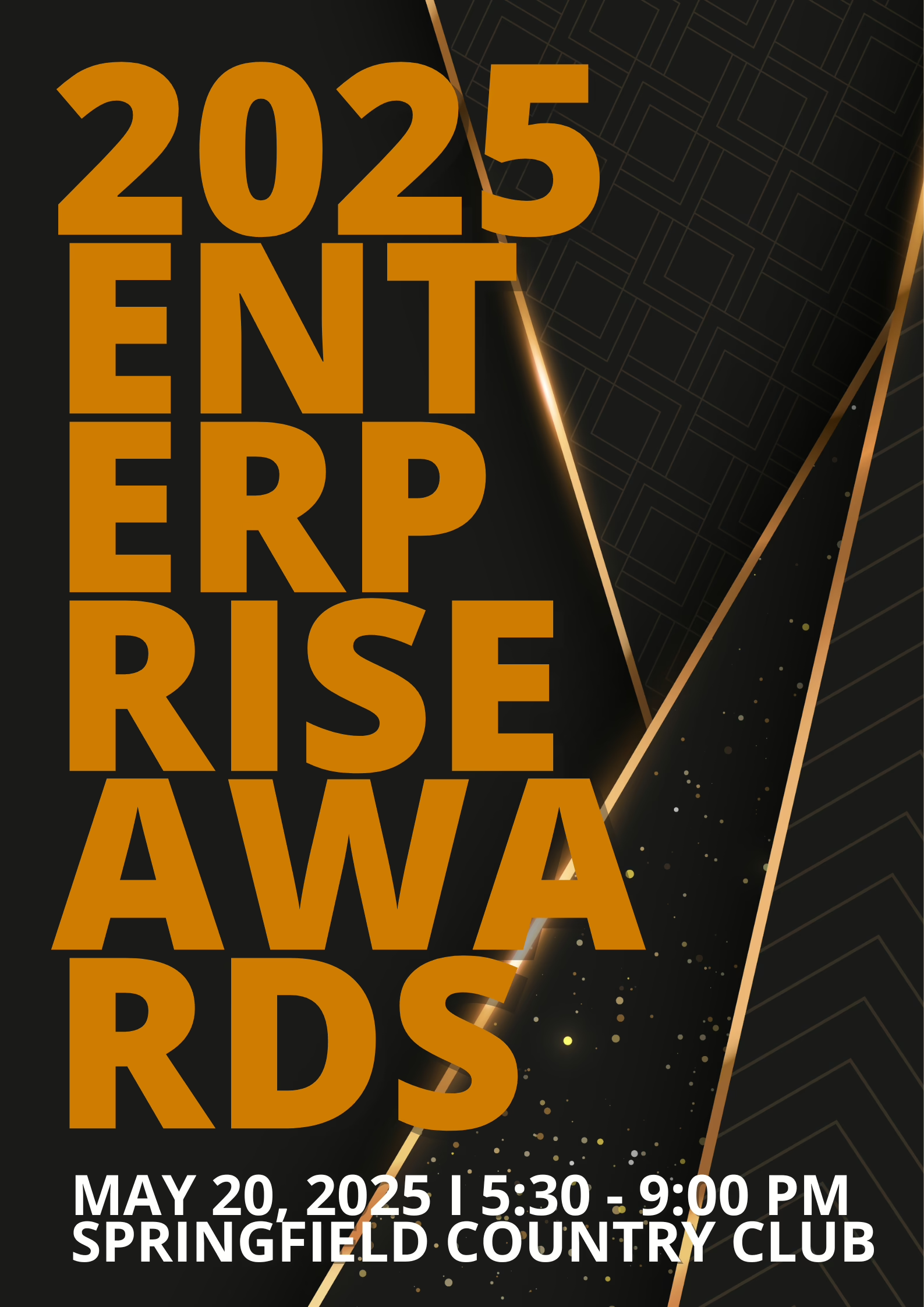ESG frameworks and scores, explained

By: Robert D. Cedergren, CPA, CGMA, CITP, CISM, CISA, CGEIT – Partner in Charge of Risk Advisory Services at Wipfli LLP
There’s a growing call for sustainable, responsible business practices. Investors, lenders, large public/private customers, and consumers alike are all looking to ESG (environmental, social, governance) data to influence their investment and purchasing decisions.
But how are companies disclosing their ESG data? And who’s monitoring it all? Here is an introduction to ESG reporting frameworks, standards, and rating systems.
Your priorities, tracked and reported
For many organizations, the values behind ESG are not new. Information companies are already concerned about data privacy. Food manufacturers are already tracking product sourcing. Others are investing in equity and inclusion. What ESG reporting does is take your impact in those areas and report out in public, transparent ways.
Generally, however, ESG reporting is about more than transparency. Companies that embark on ESG reporting often do it to provide a sense of internal momentum and accountability to meeting and improving on identified goals.
Leading ESG frameworks
There is no universal standard or framework for ESG. Companies can design their own structure or use one of the many voluntary ESG reporting frameworks emerging in the marketplace.
ESG frameworks have been developed by nonprofit organizations, NGOs, industry groups and others. These frameworks vary in where they focus and the metrics they recommend. However, efforts are underway to build consensus and greater consistency among the tools.
Global Reporting Index (GRI)
One of the most common ESG frameworks is the Global Reporting Initiative (GRI). This framework focuses on sustainability reporting. In its 2020 annual report, GRI reported that three-quarters of the Global 250 (the world’s 250 largest companies) and two-thirds of the N100 (5,200 companies representing the largest 100 firms in 52 countries) use GRI.
Sustainability Accounting Standards Board (SASB)
SASB and GRI are cooperative, mutually-supportive frameworks. Where SASB differs is its focus on sustainability-risks most likely to affect an organization’s financial condition, including its balance sheet, income statement or market valuation.
Carbon Disclosure Project (CDP)
CDP is a nonprofit that companies (as well as cities and states) use to verify their carbon emissions. While CDP is not strictly a framework, its survey can help leaders think about various aspects of their business and how to improve. CDP has significant traction in the global marketplace and includes a public rating component for top performers.
Task Force on Climate-related Financial Disclosures (TCFD)
The TCFD framework was created by the Financial Stability Board to develop recommendations on the types of information that companies should disclose to support investors, lenders, and insurance underwriters in appropriately assessing risks related to climate change.
Science Based Targets
The Science Based Targets initiative (SBTi) is a partnership between the Carbon Disclosure Project, the United Nations Global Compact, World Resources Institute (WRI), and the World Wide Fund for Nature (WWF). Science-based targets provide companies with a defined path to reduce emissions in line with the Paris Agreement goals.
UN Global Compact
Members of the UN Global Compact must produce an annual “Communication on Progress” (COP) that details their work to embed the compact’s principles into their strategies and operations. With over 15,000 companies participating across 160 countries, the UN Global Compact describes itself as “the world’s largest corporate sustainability initiative.”
ESG ratings
While an ESG framework is a tool your company can use for self-reporting, ESG ratings are grades or evaluations given to you by third parties. Generally focused on publicly traded companies, these ratings are meant to measure a company’s exposure to ESG risks.
SustainAbility calculates there are more than 600+ ESG rating tools, globally. These are some of the leaders:
- Bloomberg ESG Data Service
- Dow Jones Sustainability Index
- Institutional Shareholder Services Inc. (ISS ESG)
- Morgan Stanley Capital International (MSCI)
- Morningstar Sustainalytics
- S&P Global Corporate Sustainability Assessment
Critics of EGS ratings point to inconsistencies in scores and data calculation, and investors are aware of these limitations. According to a SustainAbility survey, investors generally consider these scores a starting point for their own research.
Build-your-own ranking
While the rating tools above are targeted at large, publicly traded companies, smaller organizations can incorporate other “good citizen” rating tools within their ESG efforts.
Consider public ranking programs such as the Working Mother Top 100, Best Places to Work, the Disability Equality Index, corporate citizenship awards from the U.S. Chamber of Commerce – whatever priority your organization cares about, you can probably find an award or rating program targeted toward those values. Participating in these programs can help benchmark your performance and guide ongoing improvements.
How Wipfli can help
Many organizations are identifying their ESG impact and developing strategies to prioritize and disclose ESG. If you’re interested in exploring ESG and learning how it can benefit your business, check out our web page on our ESG services.
Contact us to learn more or continue reading on:
- ESG 101: What is it and why now?
- How ESG adds value to your business
- The benefits of establishing a successful ESG program
- ESG: Not just for public companies
If you would like to receive articles like these directly to your inbox, sign up here.





